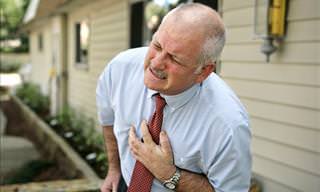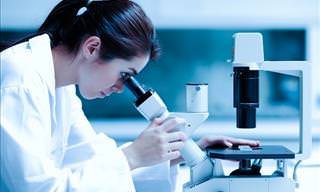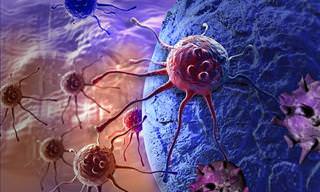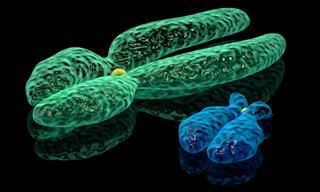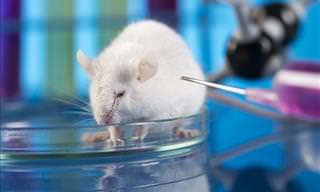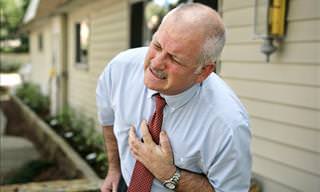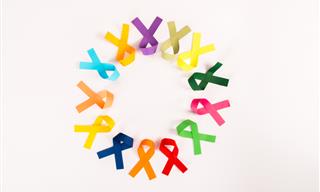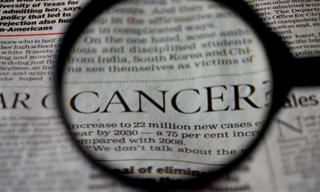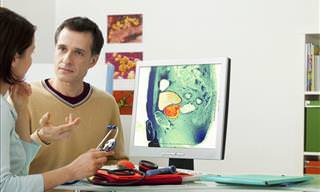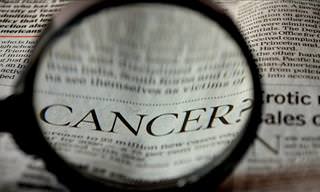1. Sugar
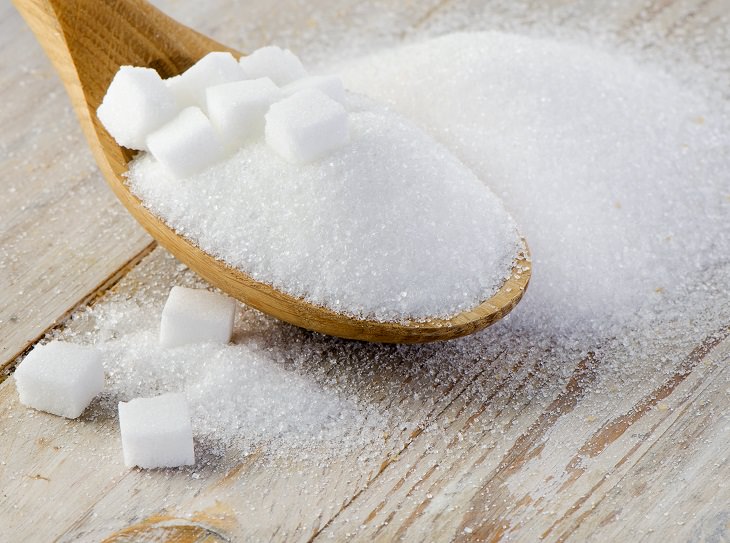
Scientists now know that consuming too much sugar can not only lead to diabetes, but it can also actively damage your cells and increase your risk of developing cancer. But that’s not all, we’re afraid.
New research suggests that sugar might fuel tumor growth in the body because cancer uses sugar as fuel. Scientists say that the ground-breaking research gives us a better understanding of how cancer cells and sugar interact and that it could one day help to create targeted diet strategies for patients.
2. Processed Foods
Any food that comes in a plastic wrapper and is able to last for months without spoiling may be a good on-the-go fix for a hunger pang, but it also likely increases your chances of developing cancer.
French scientists recently zeroed in on a link between people who eat more processed foods and those who develop cancer. They’re not entirely sure yet whether the issue is the shelf-stabilizing ingredients, the packaging, or a combination of the two.
3. Smoking
We’ve known for years that tobacco smoke contains at least 70 cancer-causing chemicals. Furthermore, it’s not just smokers who are affected – people who inhale second-hand smoke can develop deadly forms of cancer as well.
The Center for Disease Control and Prevention says that “Non-smokers who are exposed to second-hand smoke at home or at work increase their risk of developing lung cancer by 20-30%.
4. Tanning and Unexpected Sun Exposure
According to the Skin Cancer Foundation, those who use a tanning bed before the age of 35 increase their risk of developing melanoma by 75%. Being exposed to regular sun can hurt you too, so wearing protective clothing and sunscreen and finding shade are good ideas if you need to be out in the sunshine for more than 15 minutes.
5. Working a Night Shift
In 2007, The International Agency for Research on Cancer classified nighttime work as a probable carcinogen. Scientists believe that working at night and working long hours in the dark can mess with the body’s natural, circadian sleep and wake cycles.
6. Charred Meat and Grilling Over an Open Flame
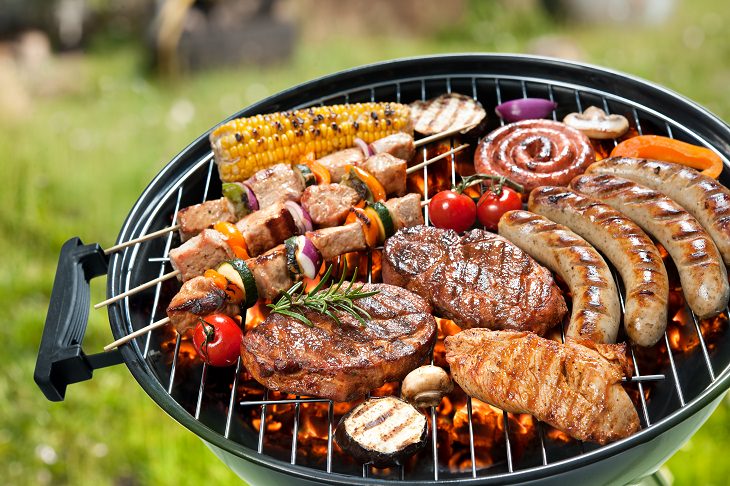
Smoky meats from the grill might be tasty and tender, but they probably also increase your risk of cancer. This is because the muscle meats contain compounds called heterocyclic amines, or HCAs, and the polycyclic aromatic hydrocarbons, or PAHs.
According to the National Cancer Institute, when meat such as chicken, fish, or beef is cooked over a hot open flame or pan-fried at high temperatures, the juices and fat that they release into the fire spark flames with the dangerous chemicals inside (that then cook the meat we intend to eat).
Scientists aren’t entirely sure if these chemicals cause cancer, but in lab tests, they have been found to change DNA in ways that could increase the risk of cancer.
7. Alcohol
Regular alcohol consumption can increase your risk of developing several different kinds of cancer, including liver, throat, breast, and colon.
According to the National Cancer Institute, “the risk of developing cancer increases with the amount of alcohol a person drinks.”
A recent analysis of nearly 6,000 drinkers in 19 high-income countries around the world revealed that drinking more alcohol is associated with developing all kinds of cancers of the digestive system.
8. Diesel Exhaust
According to the International Agency for Research on Cancer, diesel oil contains more than 30 components that can cause cancer.
9. Wood Dust
Sawmill workers and carpenters who breathe in tons of dust from cutting and shaping wood on a regular basis are more likely to develop cancers of the sinus and nasal cavity than the average person.
10. Birth Control and Estrogen
Women who start menstruation early or go into menopause later might have an increased risk of breast cancer because they’re exposed to more estrogen and progesterone made by the ovaries.
Furthermore, women who are going through menopause who use a combined estrogen-progestin therapy to help ease their symptoms might also be at a greater risk of developing breast cancer.
Using birth control pills might also increase a woman’s risk of developing cervical cancer, though there is some evidence that being on birth control is associated with a reduced risk of developing other cancers like colorectal and ovarian.
11. Viruses

Catching certain kinds of viruses can indirectly increase your chances of cancer. This is because, in some situations, viruses trigger genetic changes in cells that can contribute to cancer.
The CDC says: “some viruses linked to cancer are the human papillomavirus (HPV), which causes cervical cancer; hepatitis B and C viruses, which can cause liver cancer; and the Epstein-Barr virus, which may cause a type of lymphoma.”
12. Obesity
Being obese can put you at an increased risk of developing different types of cancers including colon, rectum, breast, esophagus, pancreas, and kidney.
However, there are things that you can do to reduce your risk. Prevention includes eating healthy foods and making sure you get enough exercise, both of which not only help people maintain a healthy weight and reduce their chances of developing some of those cancers, but it can also ward off depression and boost your mood, too.
13. Air Pollution
Smoggy air and the particles in it can also lead to cancer.
Soot isn’t great in general. In London, people started noticing lots of chimney sweepers developing scrotal cancer in the 1770s, and further studies found a correlation between the backbreaking chimney work and increased cancer rates.
Soot inhalation has also been linked to esophageal, bladder, and lung cancers.
14. Some Plastics
Plastics can be dangerous, especially when they start to leach out chemicals through scratches or cracks in the container.
BPA is a synthetic estrogen that has been used in many resins and plastics since the 1960s. BPA resins can be used inside products such as metal food cans as sealants, while polycarbonate BPA plastics can include water bottles and food storage containers.
While many plastic manufacturers have started to label their products “BPA-free,” there’s still a lot floating around that can cause breast and prostate cancer.
15. Getting Intimate before You’ve Had Your HPV Shots
HPV is a common family of sexually transmitted viruses, and it’s one of the ones we mentioned above that can cause cancer. The Center for Disease Control and Prevention says that more than 40 different types can be passed around through sexual contact.
Many forms of this virus go away on their own and are relatively harmless, but others can cause penile, cervical, vaginal, and anal cancers. Even the use of a condom won’t necessarily prevent the spread of HPV. This is why the CDC recommends that all boys and girls get the HPV vaccine, ideally before their first sexual encounter.
Source: businessinsider
Images: depositphotos
 Go to BabaMail
Go to BabaMail





